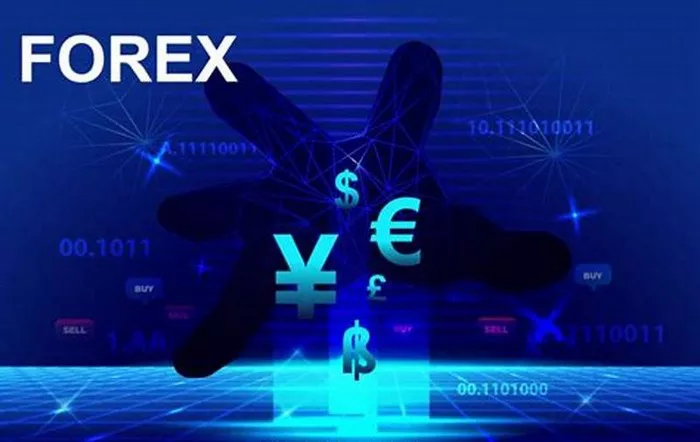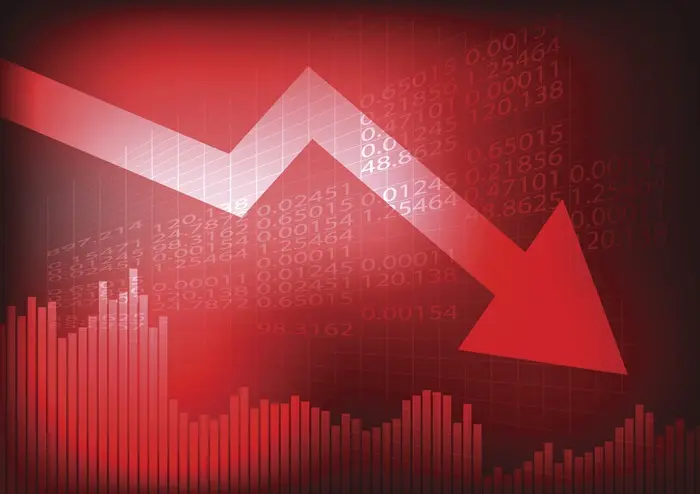Understanding currency conversion is essential in our global economy. One term that often arises in discussions about Indian finance is the “crore.” This article will explore the concept of an Indian crore, its significance, and how it translates into U.S. dollars (USD). We will also delve into the context of the Indian economy, factors influencing exchange rates, and practical implications of converting crores into USD.
What Is a Crore?
Definition of a Crore
A crore is a unit in the Indian numbering system. It represents ten million (10,000,000). The term is derived from the Sanskrit word “koti.” Crores are commonly used in South Asia, particularly in India, Pakistan, Bangladesh, Nepal, and Sri Lanka, to denote large quantities of currency or population.
Usage of Crore
The use of crore is prevalent in various contexts, such as:
Finance: In financial reports, budgets, and government spending, crores are used to simplify large numbers. For example, instead of saying 100 million Indian Rupees (INR), one might say 10 crores.
Population: In demographic studies, the population of cities or regions may be expressed in crores. For example, the population of a city with 20 million residents would be said to have a population of 2 crores.
Statistics: Various statistical data, including production figures, revenues, and expenditures, are often reported in crores for better readability.
Importance of Understanding Crore
Understanding the concept of a crore is vital for anyone dealing with the Indian economy, whether for investment, business, or travel purposes. It helps facilitate clear communication regarding financial matters.
Currency Conversion: From Crore to USD
Exchange Rate Dynamics
To convert Indian crores into U.S. dollars, it is crucial to understand the exchange rate between the Indian Rupee (INR) and the USD. Exchange rates fluctuate based on several factors:
Supply and Demand: The demand for currencies is influenced by economic conditions, interest rates, and political stability. If the demand for INR rises against USD, the INR strengthens, leading to a lower conversion rate for crores to USD.
Economic Indicators: Economic indicators, such as inflation rates, unemployment rates, and GDP growth, impact investor confidence. A robust Indian economy may result in a stronger INR.
Monetary Policy: Central banks, such as the Reserve Bank of India (RBI) and the Federal Reserve in the U.S., influence currency values through their monetary policies. Interest rate changes, for instance, can attract or repel foreign investment.
Geopolitical Factors: Political events, trade agreements, and diplomatic relations affect currency stability and exchange rates.
Current Exchange Rate
As of October 2023, the exchange rate for INR to USD is approximately ₹83 to $1. This rate fluctuates daily, so it is essential to check for the latest rates before making any conversions.
Practical Implications
Understanding the conversion of crores to USD is essential for various stakeholders:
Investors: Investors looking to enter the Indian market must be aware of the value of their investments in USD. This knowledge helps them make informed decisions regarding their portfolios.
Businesses: Companies operating in India or collaborating with Indian firms must understand currency conversion for pricing, contracts, and financial forecasting.
Travelers: Individuals traveling from the U.S. to India should be aware of the conversion rates to budget their expenses accurately.
See Also: What is the Exchange Rate for GBP to AUD?
The Indian Economy: A Brief Overview
Economic Growth
India is one of the fastest-growing major economies in the world. It is characterized by:
Diverse Economy: India’s economy encompasses agriculture, manufacturing, services, and technology sectors. The services sector, in particular, has seen significant growth, contributing to GDP.
Population: With over 1.4 billion people, India has a large consumer market. This population is a driving force for domestic demand and economic expansion.
Foreign Investment: India has attracted substantial foreign direct investment (FDI) due to its potential for growth, skilled workforce, and favorable government policies.
Challenges Facing the Economy
Despite its growth, India faces several challenges:
Inflation: Rising prices can impact the purchasing power of consumers and affect economic stability.
Unemployment: Although the economy is growing, job creation has not kept pace with the growing labor force.
Infrastructure Development: India needs to invest in infrastructure to support its growing population and economy.
Importance of Currency in Economic Transactions
The Indian Rupee (INR) plays a crucial role in domestic and international trade. Understanding its value relative to the USD helps businesses and individuals navigate the complexities of global commerce.
Factors Influencing Exchange Rates
Economic Indicators
GDP Growth: A growing GDP typically strengthens a country’s currency. If India’s GDP continues to grow robustly, the INR may appreciate against the USD.
Interest Rates: Higher interest rates attract foreign capital, leading to an appreciation of the INR. Conversely, lower interest rates may weaken the currency.
Inflation: Higher inflation rates in India compared to the U.S. may lead to depreciation of the INR against the USD.
Political Stability
Political stability is vital for maintaining investor confidence. A stable government can foster economic growth, leading to a stronger currency.
Global Events
Global events, such as economic crises, pandemics, or geopolitical tensions, can impact exchange rates. For instance, during the COVID-19 pandemic, many currencies experienced volatility due to uncertainty.
Conclusion
Understanding how much an Indian crore is in USD is crucial for individuals and businesses engaging with the Indian economy. As of October 2023, 1 crore INR is approximately 120,481 USD, based on the current exchange rate of ₹83 to $1.
The factors influencing exchange rates, including economic indicators, political stability, and global events, play a significant role in determining the value of the Indian Rupee against the U.S. Dollar. As India’s economy continues to grow, keeping abreast of currency conversion and economic trends is essential for investors, businesses, and travelers.
In conclusion, knowledge of currency conversion enhances financial decision-making and fosters better communication in an increasingly interconnected world. Whether you are investing in India, conducting business, or traveling, understanding how much an Indian crore is in USD is an invaluable skill.
Related topics:






























